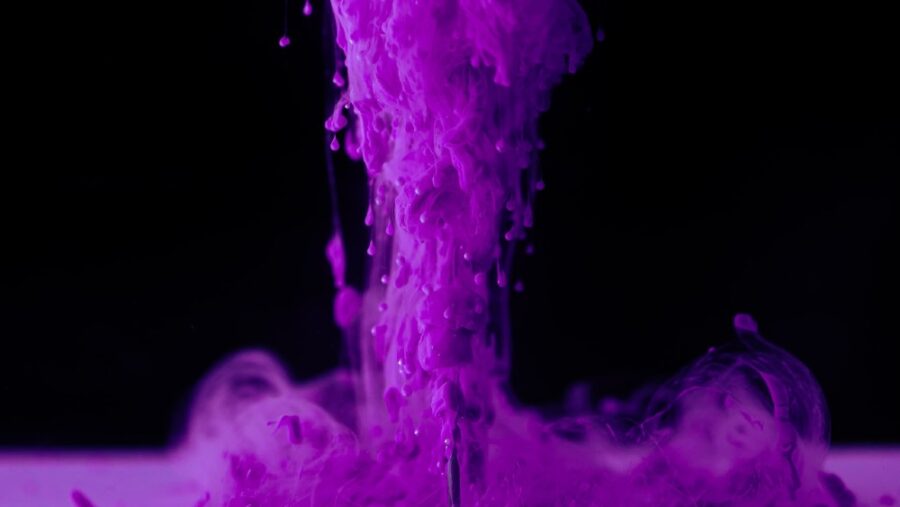Gold Explodes Purple And Now We Know Why

Though alchemists of years past have failed at every turn to properly synthesize gold from thin air as part of a broad get-rich-quick scheme, the determination of these would-be scientists has led to a number of interesting revelations in chemistry. One such discovery, recorded by a write-up in IFLScience, finally explains the 400+ year-old mystery of why gold explodes into purple smoke, with some fascinating implications. Apparently, the presence of fulminating gold particles breaks down into a purplish-reddish hue, providing a patina coating on other surrounding metals when heated to burning temperatures.
Fulminating

This should come as no surprise to the linguists among us, who may be acutely aware of the fact that the term ‘fulminate’ means ‘violently explode.’ The best pop culture reference to shed light on this term may be in the first season of AMC’s Breaking Bad, which sees Walter White passing off a large bag of fulminated mercury for methamphetamine, before using a single chunk of the crystal structure to blow a massive hole in his rival drug-lord’s den of iniquity.
The earliest reference to gold exploding into tufts of purple smoke seem to come from a 1585 book written by German alchemist Sebald Schwaerzer, who sought to use common hydrolysis techniques to synthesize gold bricks.
Fulminating Gold Turns To Purple Smoke

Unfortunately, these methods only lead to fulminating gold which, while fun for magicians at children’s birthday parties, yields very little market value, and explodes at the slightest touch. In the modern day, the substance is often used by YouTubers who wish to educate the public about interesting science facts, while showing off simple at-home methods of crafting the smoky substance.
The latest studies done on the actual reason for the purple properties of the puffs have revealed gold structures at a nanoparticle level, providing scientists with a path to new discoveries in bioengineering, medicine, or anything involving the complex structures of nanotechnology.
Research At The University of Bristol

The study of fulminating gold has been recently conducted by researchers at the University of Bristol, though their findings have not yet been peer-reviewed. The authors of the latest paper on the subject have described their experimentation process as detonating 5mg of fulminating gold samples on a bed of aluminum foil, before analyzing smoke samples under highly advanced transmission electron microscopes. Once the smoke samples had been observed up close, researchers were able to determine that the smoke held spherical nanoparticles of gold, confirming the presence of the element in relation to the smoke’s odd color.
Studying Other Metal Fulminates

Once these findings are officially peer-reviewed, the team plans to utilize this method for studying other metal fulminates such as silver, mercury, led, and even platinum. Like fulminating gold, these metals contain a host of atomic mysteries, allowing researchers plenty of fuel for their interesting studies. While other metals may not contain such flashy colorful flair in their smoke residue, they could still provide a great deal of insight into the alchemical process, and even potentially be used in developing functional nanotech, not unlike the kind used on screen by Marvel’s Iron Man.












